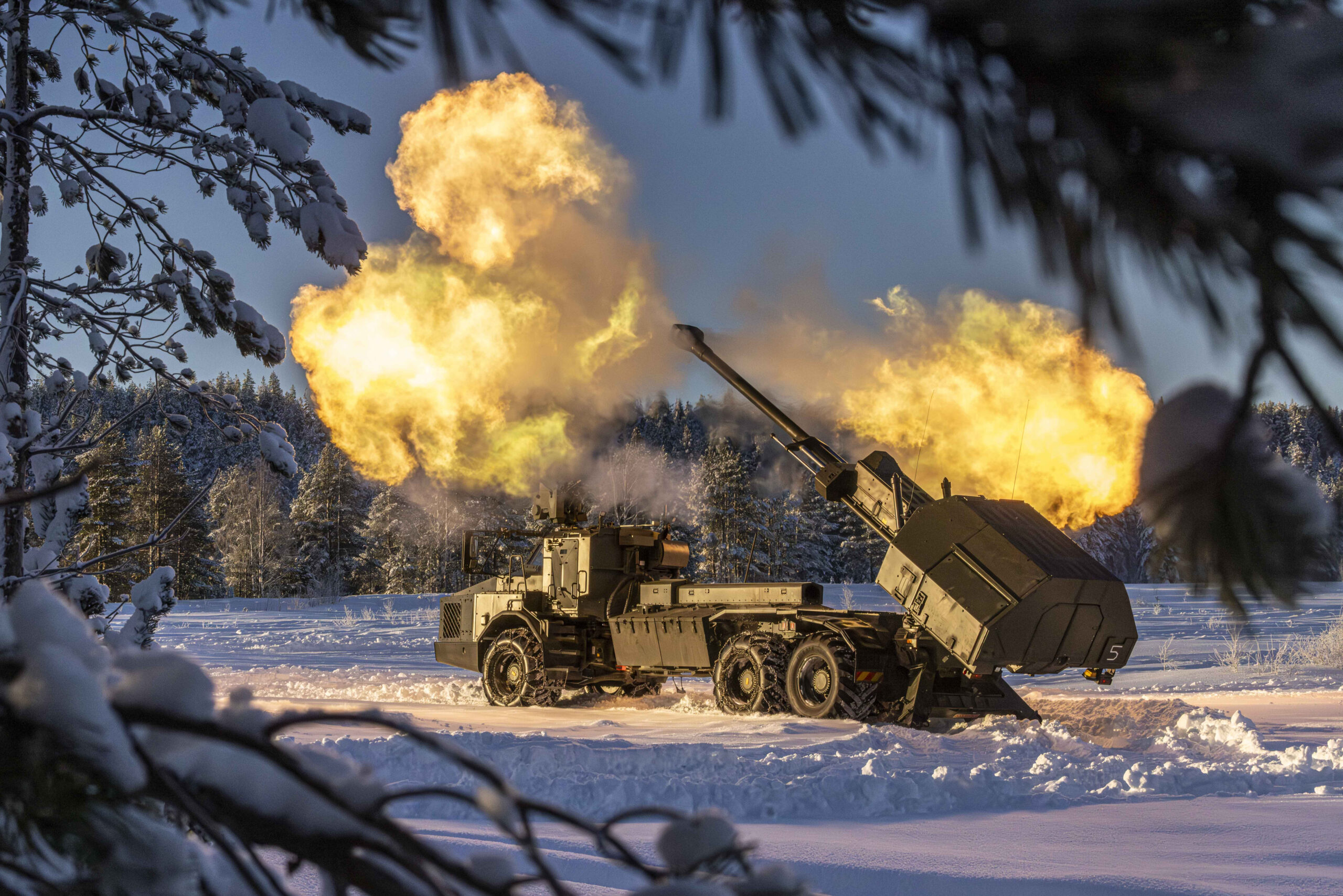The British Army has made a significant advancement by completing the first live firing of the Archer mobile howitzer during NATO’s Exercise Dynamic Front 25 in Finland. This cutting-edge artillery piece is designed for rapid deployment and is notable for being a fully automated, self-propelled 155 mm howitzer capable of firing over eight rounds per minute with an impressive range of 50 kilometers (31 miles).
In conjunction with the Archer, troops demonstrated the capabilities of the Taipan weapon locating radar system and the United Kingdom’s Multiple Launch Rocket System, showcasing a variety of sophisticated military technologies. Minister for the Armed Forces Luke Pollard highlighted the successful live-fire test as a testament to the UK’s commitment to NATO, reinforcing the country’s broader defense strategy that includes a pledge to allocate 2.5 percent of GDP to defense spending.
This exercise comes shortly after the UK’s announcement to bolster NATO’s eastern flank by deploying a British army brigade to Estonia, along with formidable equipment such as the Challenger 3 main battle tank. In total, Exercise Dynamic Front 25 presented over 130 weapon systems, including notable contributions from other nations, such as the Finnish K9 Thunder and the French Caesar howitzer.
Marked as NATO’s largest-ever artillery exercise in Europe, Exercise Dynamic Front 25 spans 12 days and takes place in the Finnish Northern Lapland, near its extensive 1,300-kilometer (808-mile) border with Russia. Finland’s role in hosting this event carries added significance, as it joined NATO earlier in 2023, thereby enhancing the alliance’s posture against potential threats from Moscow.
Beginning on November 4, the exercise involves approximately 5,000 soldiers from 28 different countries, with drills occurring not only in Finland but also extending to Estonia, Germany, Poland, and Romania. The primary objective of the exercise is to boost interoperability among the member nations’ artillery units and facilitate effective information sharing among allied forces.
The training took place in frigid conditions, with temperatures dropping to negative three degrees Celsius (26.6 degrees Fahrenheit), preparing troops for the harsh Arctic environment and the anticipated challenges of the coming winter, which is projected to be particularly arduous for Ukraine amidst ongoing conflicts.
“This NATO exercise serves to demonstrate to other nations, particularly Russia, that the alliance remains united and possesses the capability to defend its members,” remarked Joel Linnainmaki, a researcher at the Finnish Institute of International Affairs. Meanwhile, Colonel Janne Makitalo, director of the Dynamic Front 25 exercise, clarified that the NATO drills do not represent a “show of force” intended to provoke Moscow, but rather a strategic initiative to enhance collaborative defense readiness among NATO allies.













